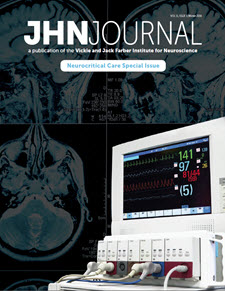Abstract
Hyperglycemia is common in critically ill patients and is associated with increased morbidity, mortality, rate of infections and length of hospital stay. For decades, hyperglycemia in critically ill population was considered an adaptive response and interventions were only considered if diabetic ketoacidosis (DKA) or severe hyperosmolar states developed. Furnary et al published studies showing lower sternal wound infection rates in cardiac surgical patients with control of glucose (180-220 mg/dl). This led to the dissemination of the “Portland Protocol,” but it was not widely accepted.1, 2
Management of hyperglycemia changed with the publication of Van Den Berghe study.3 This was a prospective, randomized, controlled study involving adults admitted to a surgical intensive care unit (ICU) who were receiving mechanical ventilation (MV). A total of 1548 patients were enrolled with patients randomly assigned to two groups. One group received intensive insulin therapy (IIT) with goal blood glucose of 80-110 mg/dl. The second group received conventional treatment whereby insulin was given only if the blood glucose level exceeded 215 mg/dl with goal glucose level of 180-200 mg/dl.
Pages: 20-23.
Recommended Citation
Shoukat, MD, Umer; Mukhtar, MD, Umer; and Athar, MD, M. Kamran
(2016)
"Managing Hyperglycemia in Critically Ill Patients: Where are We Now?,"
JHN Journal: Vol. 11:
Iss.
1, Article 3.
DOI: https://doi.org/10.29046/JHNJ.011.1.003
Available at:
https://jdc.jefferson.edu/jhnj/vol11/iss1/3

